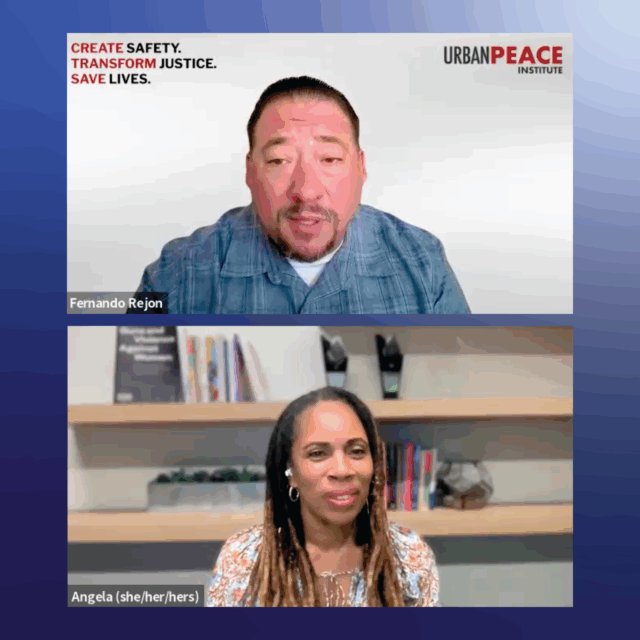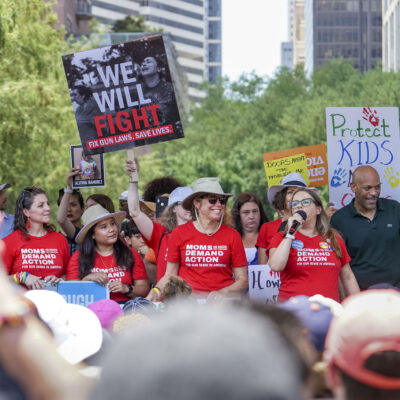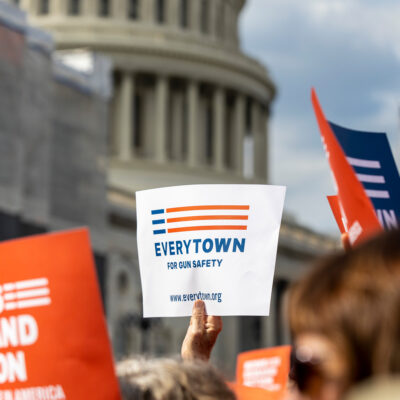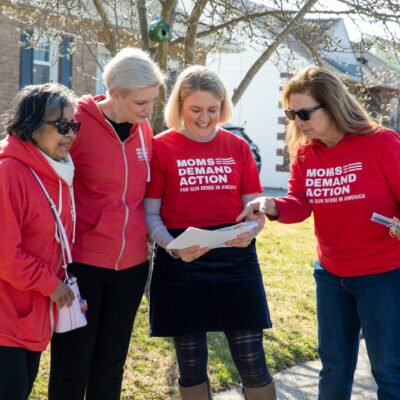Federal law prohibits domestic abusers who are subject to restraining orders or those who have been convicted of a misdemeanor crime of domestic violence from having guns, but Congress has limited the types of relationships between the abuser and their victim that qualify under these prohibitions.
When Congress added these two categories of prohibited persons to the Gun Control Act in the 1990s1Violent Crime Control and Law Enforcement Act of 1994, P.L. 103-322, September 13, 1994, 108 Stat. 1796, 2014; Title XI, Subtitle D, Section 110401; Omnibus Consolidated Appropriations Act, 1997, P.L. 104-208, September 30, 1996, 110 Stat. 3009, 3009-371; Title VI, Section 658; codified at 18 U.S.C. §§ 922(d)(8), (d)(9), (g)(8), and (g)(9). they limited the eligible relationships to include abusers who have been married to, lived with, or have a child in common with the victim,2Ineligible persons under domestic violence protection orders include “the spouse of the person, a former spouse of the person, an individual who is a parent of a child of the person, and an individual who cohabitates or has cohabited with the person” (18 U.S.C. § 921(a)(32)). Ineligible domestic violence misdemeanants include “any current or former spouse, parent, or guardian of the victim; a person with whom the victim shares a child in common; a person who is cohabiting with, or has cohabited with, the victim as a spouse, parent, or guardian; or a person similarly situated to a spouse, parent, or guardian of the victim” (18 U.S.C. § 921(a)(33)(A)(ii)). notably leaving out dating partners. This gap in the law is known as the boyfriend or dating partner loophole. In 2022, the Bipartisan Safer Communities Act (BSCA) expanded the eligible relationships to include current and recent dating partners convicted of misdemeanor crimes of domestic violence.3The law defines “dating relationship” as “(A) a relationship between individuals who have or have recently had a continuing serious relationship of a romantic or intimate nature. (B) Whether a relationship constitutes a dating relationship under subparagraph (A) shall be determined based on consideration of—(i) the length of the relationship; (ii) the nature of the relationship; and (iii) the frequency and type of interaction between the individuals involved in the relationship” (18 U.S.C. § 921(a)(37)). However, Congress failed to close the loophole when they left out dating partners under domestic violence restraining orders, therefore, these abusers continue to remain federally eligible to access firearms.4S.2938, Sec. 12005(a) (Misdemeanor Crime of Domestic Violence).
While the BSCA represents the first Congressional acknowledgment that dating partners pose the same threat as spouses, federal and state law must go further to meaningfully address the threat because women are now as likely to be killed by dating partners as by spouses.5Alexia Cooper and Erica L. Smith, “Homicide Trends in the United States, 1980–2008,” US Department of Justice, Office of Justice Programs, Bureau of Justice Statistics, November 2011, https://bjs.ojp.gov/content/pub/pdf/htus8008.pdf.
Has your state closed the dating partner loophole for abusers under domestic violence restraining orders? Find out here.
The Latest
How do guns enter the illegal market?
According to ATF research, the three leading methods of gun trafficking are straw purchasing, unlicensed dealing, and thefts from gun dealers.1…
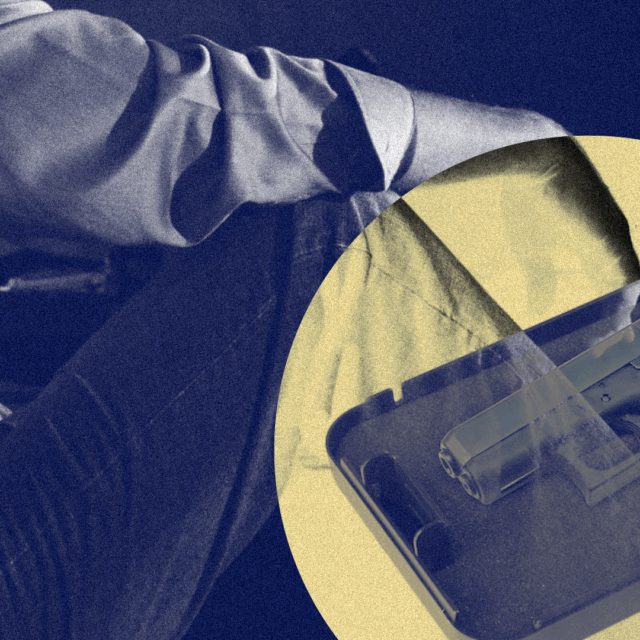
How the Saving Our Veterans Lives Act Could Help End the Crisis of Veteran Firearm Suicide
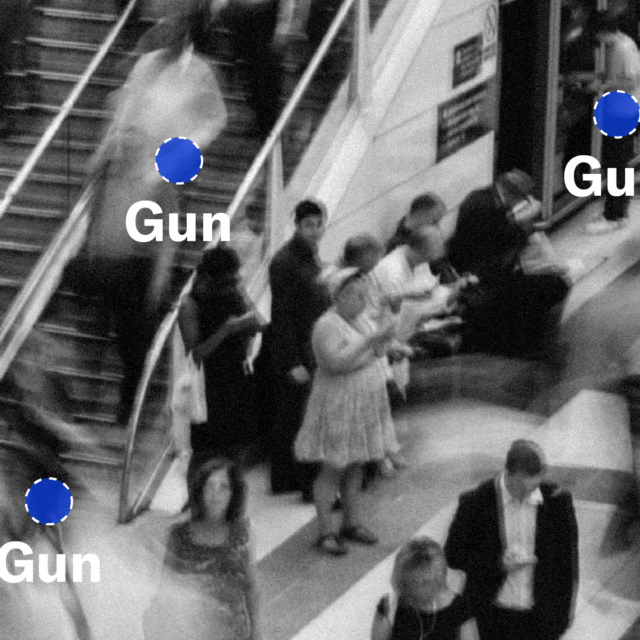
Congress Is Trying to Pass a Dangerous Federal Concealed Carry Mandate. Here’s How We Can Stop It.
